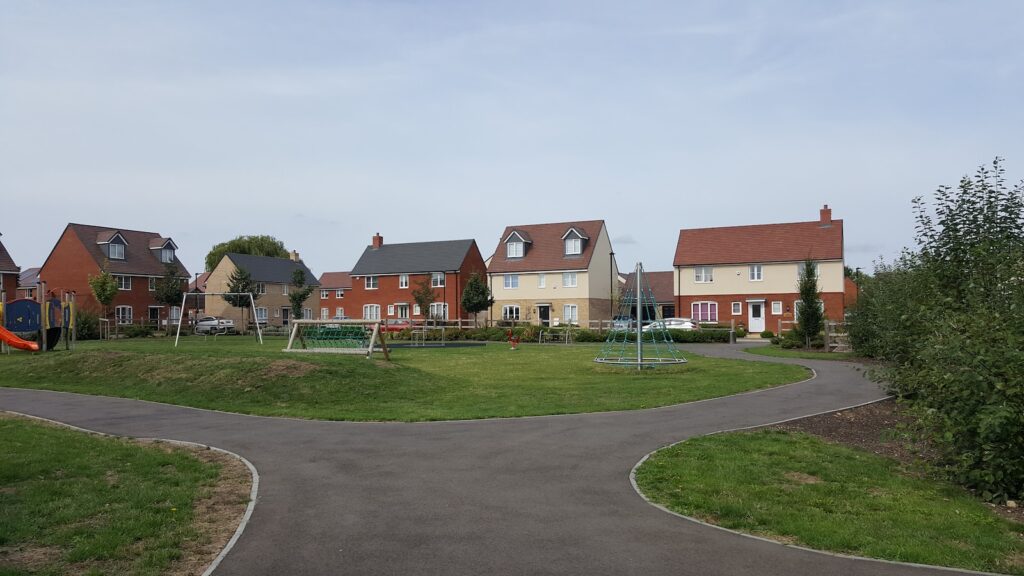Greenbelt ‘at risk from development’ highlights environmental-housing crisis
A new study has identified parts of the UK with the most vulnerable green and open spaces, despite supposedly being safe from the expanding urban sprawl.
Guildford, Surrey, was found to have the most greenbelt land at risk from development, with a rapidly increasing population – rising 9.63% since 2013 – cited as root cause. Although the town has 22,636 hectares of greenbelt space in the past decade there has been an 80% increase in house building.
‘At risk’ areas also included Chorley, Turrock, Epping Forest, and Tandbridge. Each location shares two commonalities – more than 10,0oo hectares of greenbelt and population growth in excess of 7% in the past ten years. Across the UK, 65,000 new homes were built on greenbelt in the decade to 2018, raising serious concerns about biodiversity and nature recovery.
“Just because there is a green belt that can be built on, it doesn’t necessarily mean that we should. Building on green belts will mean that urban regeneration opportunities are ignored. There is plenty of other land which can be utilised for house building,’ said Stefano Lobban, Director of Herts Tools, which commissioned the research. The number of long-term empty homes in England has increased by 4.8% over the past year. We should be regenerating pre-used land and buildings, often left neglected and decaying anyway.’
Construction work can affect the environment in a number of different ways, from threatening wildlife habitats to polluting the surroundings with industrial waste. This is particularly important to address in green belt spaces which are designed to preserve wildlife habitats and stop urban over-expansion,’ added Sean McMenemy, of Ark Wildlife.
In 2019, Heriot Watt University published a report into the British housing market deficit, which suggested there would need to be 350,000 new homes built each year to meet demand in England. This included 216,000 new builds, and a further 134,000 from the demolition and replacement of, or upgrades to, existing housing stock judged unsafe or unsuitable.
More on housing and the environment:
How Essex County Council fuelled economic growth with energy retrofits
1-in-6 Leeds households trapped in fuel poverty as energy upgrades begin
Switching to sustainable buildings materials has cast concerns amongst construction industry
Image: Nick Hawkes













